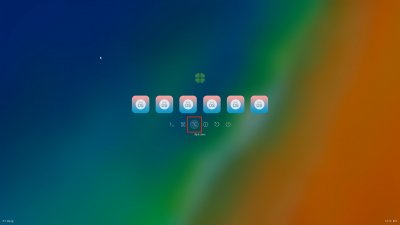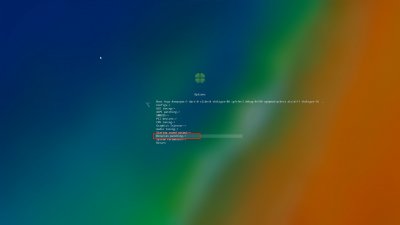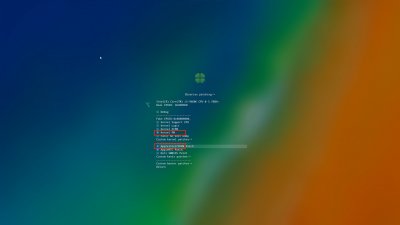- Joined
- Apr 27, 2020
- Messages
- 224
- Motherboard
- ASUS ProArt z790 Creator
- CPU
- i9-13900KF
- Graphics
- 4x RX 6900 XT
- Mac
- Classic Mac
- Mobile Phone
Thanks @CaseySJ for all of the hard work you (and others) have been putting into bringing full TB functionality for the rest of us.
I‘m a Gigabyte x299 Designare EX owner, and it’s unclear to me what my options for hot-swappable TB ports are. I don’t see my board listed in the list above ... could you help clarify?
Here’s what I understand as my options so far:
A. Use the on-board TB with an SSDT patch: functionality of just one port?* (free)
B. Get a GC-Titan Ridge PCI card, and do an SSDT patch: functionality of two ports.* ** (~$95)
C. A & B: functionality of one* on-board port + two Titan Ridge ports* ** = three ports.*** (~$95)
D. On-board chip Firmware flashing for: two fully-functional, cold boot, hot-swappable ports.**** (~ $70 USD)
E. A & D: two Titan Ridge ports* ** + two fully-functional, flashed, on-board ports**** = four ports. (~ $165 USD)
* requires a device to be plugged in during boot, unless you jump the TB_C cable (if available)
** no video pass-through?
*** is it even possible to do an SSDT patch for both cards?
**** is flashing even an option for x299 Designare users?
Sorry if the stars are confusing, I’ve been up all night trying to make sense of all the information. But if you help expand on some details, or correct me where I’m wrong, that would be much appreciated.
Thanks!



